Asymptotic behavior of Diffusion Means

Pernille E.H. Hansen, Stefan Sommer
University of Copenhagen
Content of talk
- Mean values on shape spaces
- Diffusion means
- Law of Large Numbers
- Central Limit Theorem
- Example

Statistics on shape spaces

Medical Images


The sphere
Manifolds
Mean value?


Expected value:
Sample estimator:
Uniqueness, LLN, CLT
Fréchet mean

The Riemann center of mass of a random variable is
If then is the Fréchet mean of
For , the sample Fréchet function
and sample Fréchet means
Estimation
Uniqueness, LLN, CLT
Limitation:
is not smooth on all of
Diffusion means

Heat kernel on manifolds
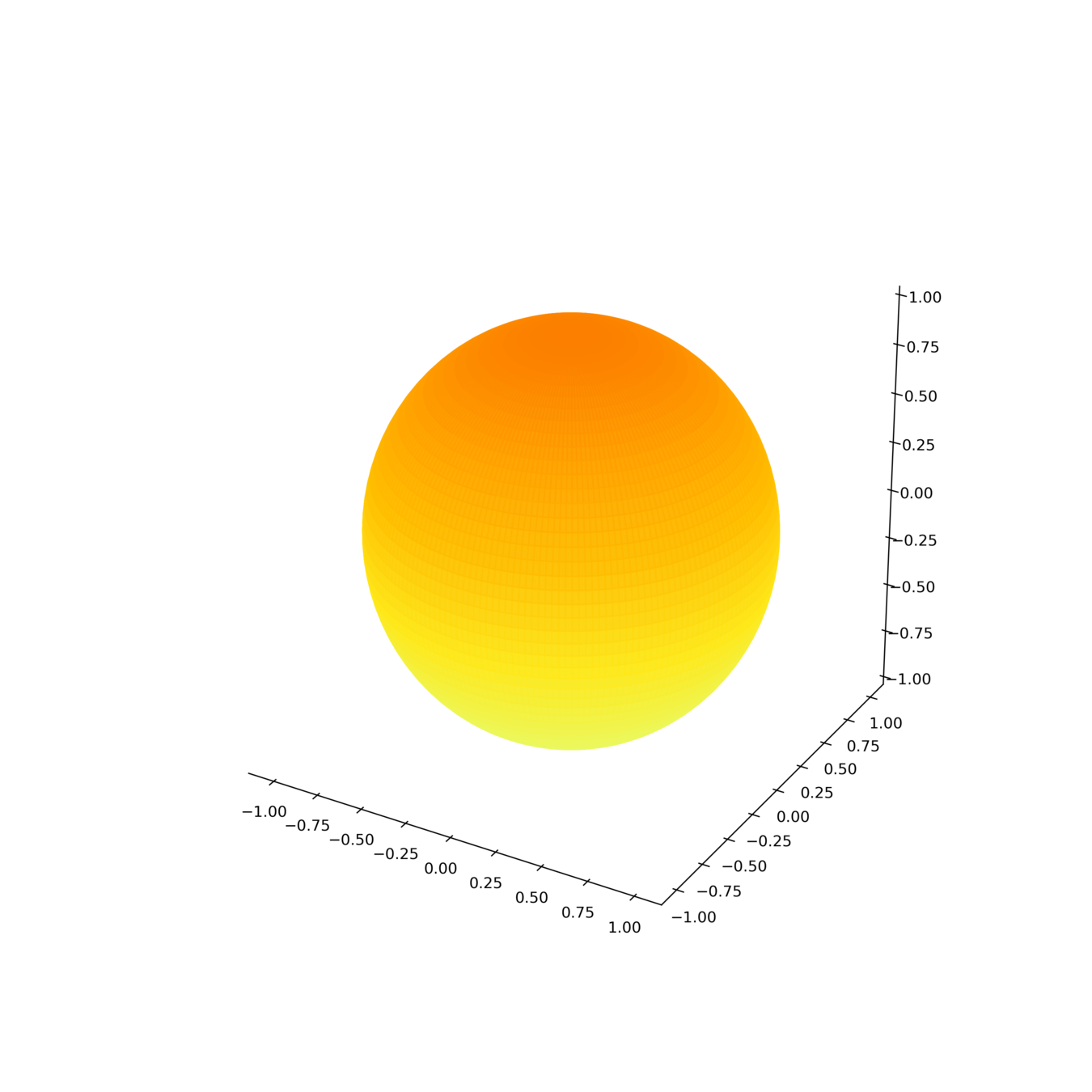
is called a heat kernel on if
- Stochastic completeness
- M compact
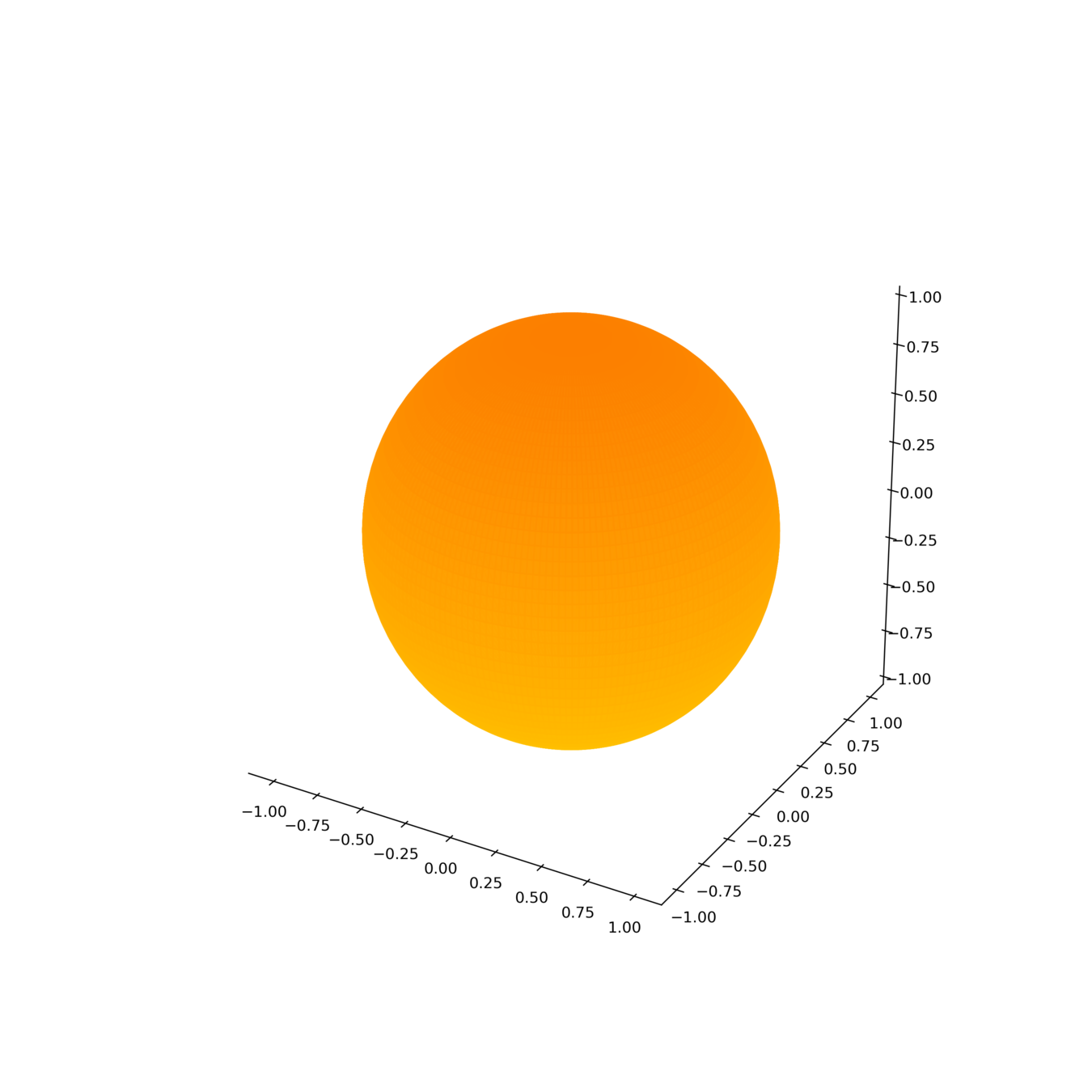

smooth manifold
A map
Limitations
- Euclidean spaces
- The hyper spheres
- Hyperbolic spaces
2) Closed form
1) Existence
Brownian motion on manifolds

A Brownian motion on is a Markov process with transition density function
Given
most likely origin points of

mean point of
Diffusion means
For , the diffusion t-means of a random variable
are the minimizers of the likelihood function


Estimation
For the sample likelihood function is
with sample likelihood means
Can we say something about:
- (LLN): Convergence of sample means
- (CLT): Distribution of sample means
Fix
Law of large numbers
Fix

We say that is a strongly consistent estimator of if
Diffusion estimator is a SCE on
compact Riemannian manifolds!
Central Limit Theorem
and Smeariness
CLT:
smeary:
Note: CLT 0-smeary
Central limit theorem & smeariness
smeary
on Riemannian manifold
Define
Does it there exist st is ?
smeary

Let be a chart with
smeary
*Stephan Huckemann & Benjamin Eltzner (2018)
Central limit theorem
Fix
stoc., compact Riemannian manifold,
- Uniqueness of
- Existence of Taylor Expansion of log-likelihood function of order
Assume:

is
smeary
with
and
Example
What are the diffusion means and is the estimator smeary?
Does the answer depend on and ?


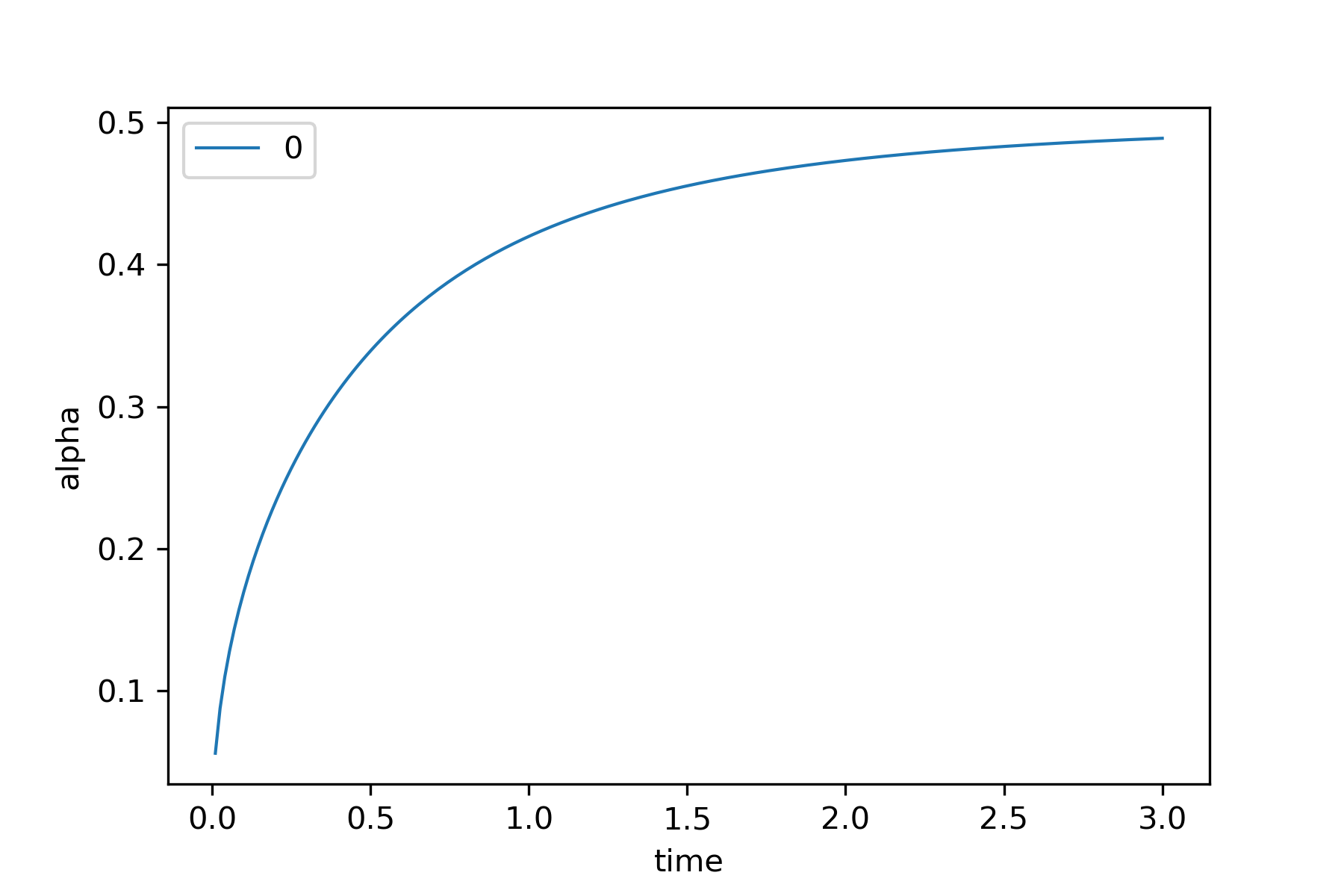
For each and
there exist such that:
Unique diffusion mean
and 0-smeary (CLT)
Unique diffusion mean
and 2-smeary
Infinitely many means
at times of magnetic pole reversal
Magnetic north pole positions
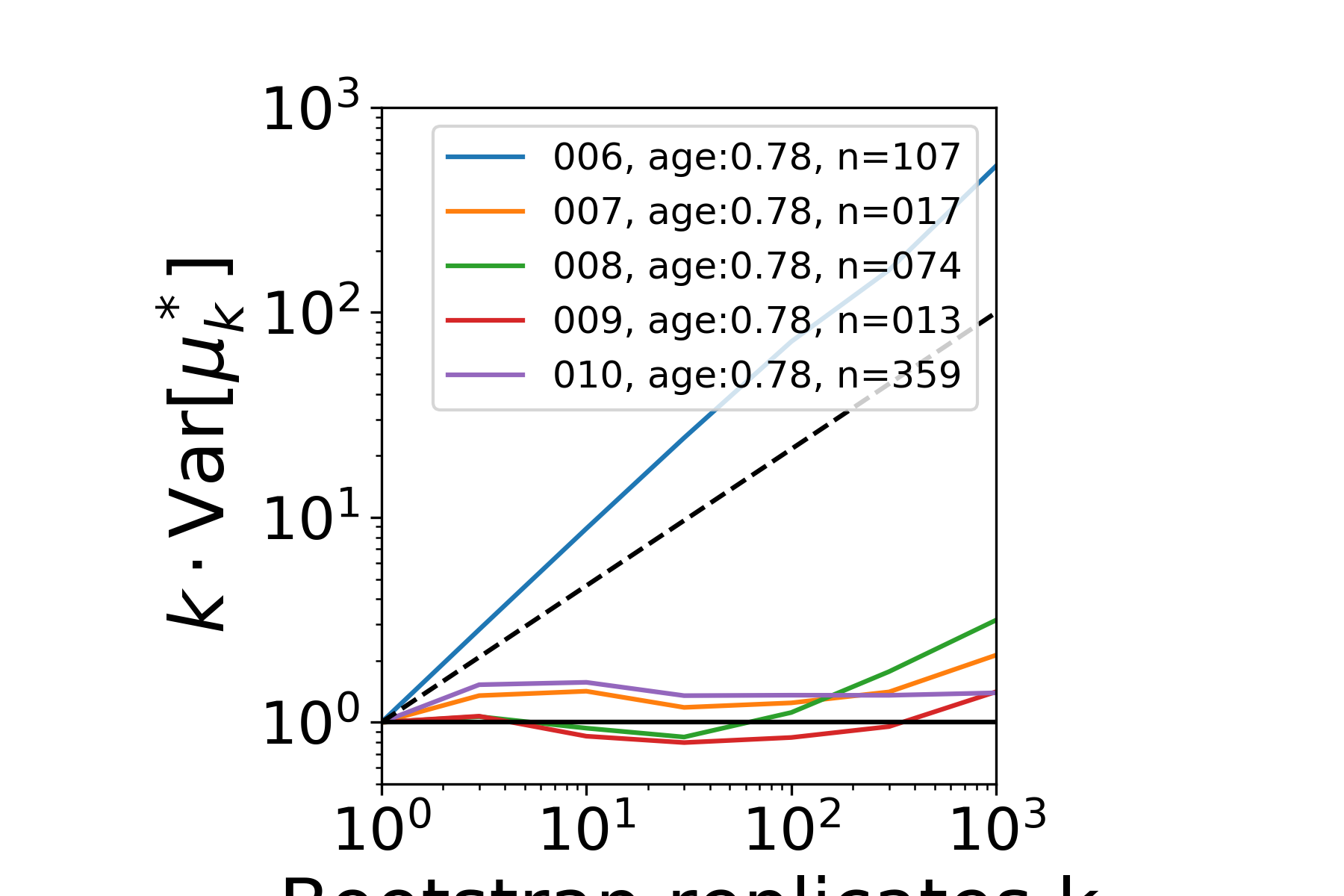
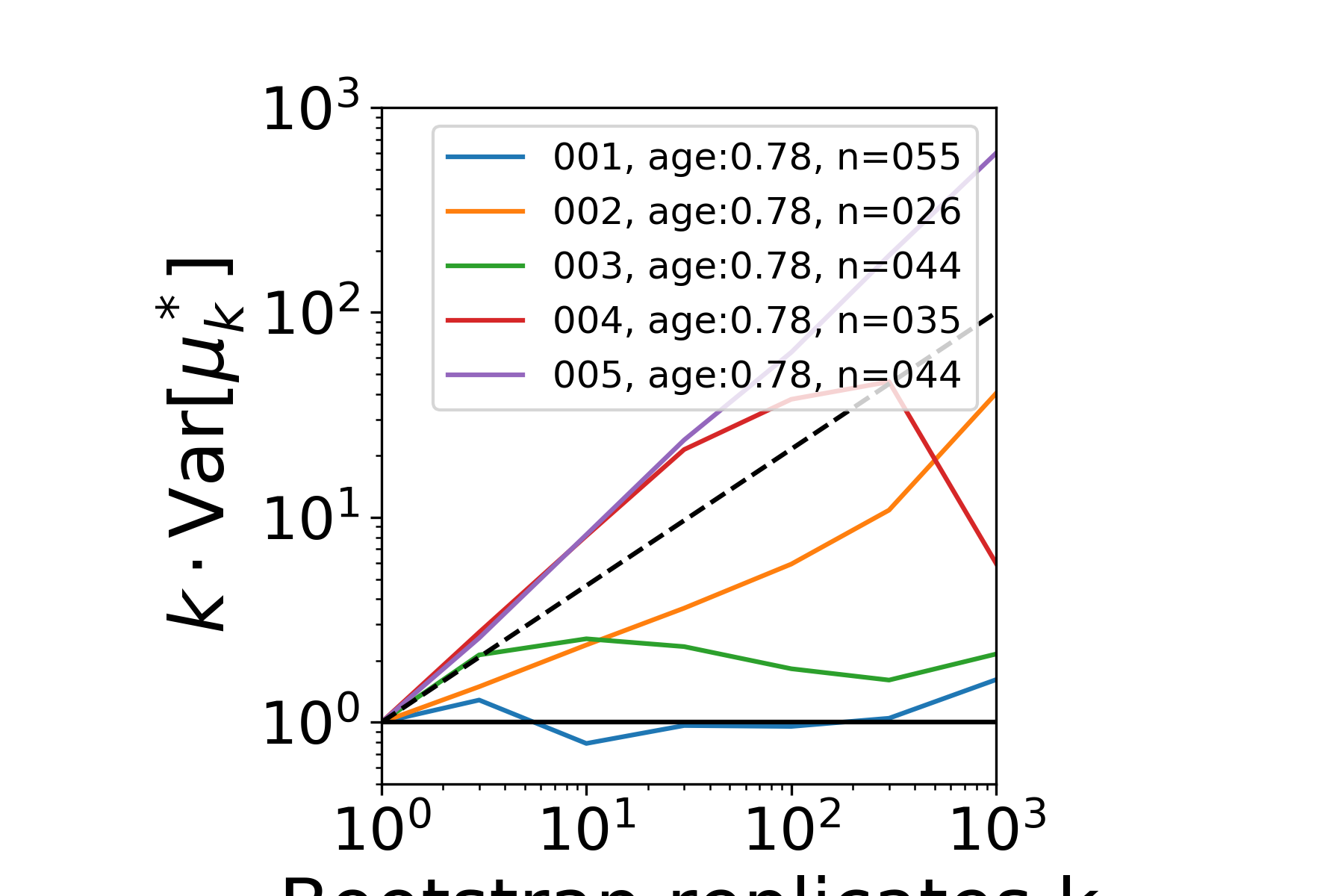
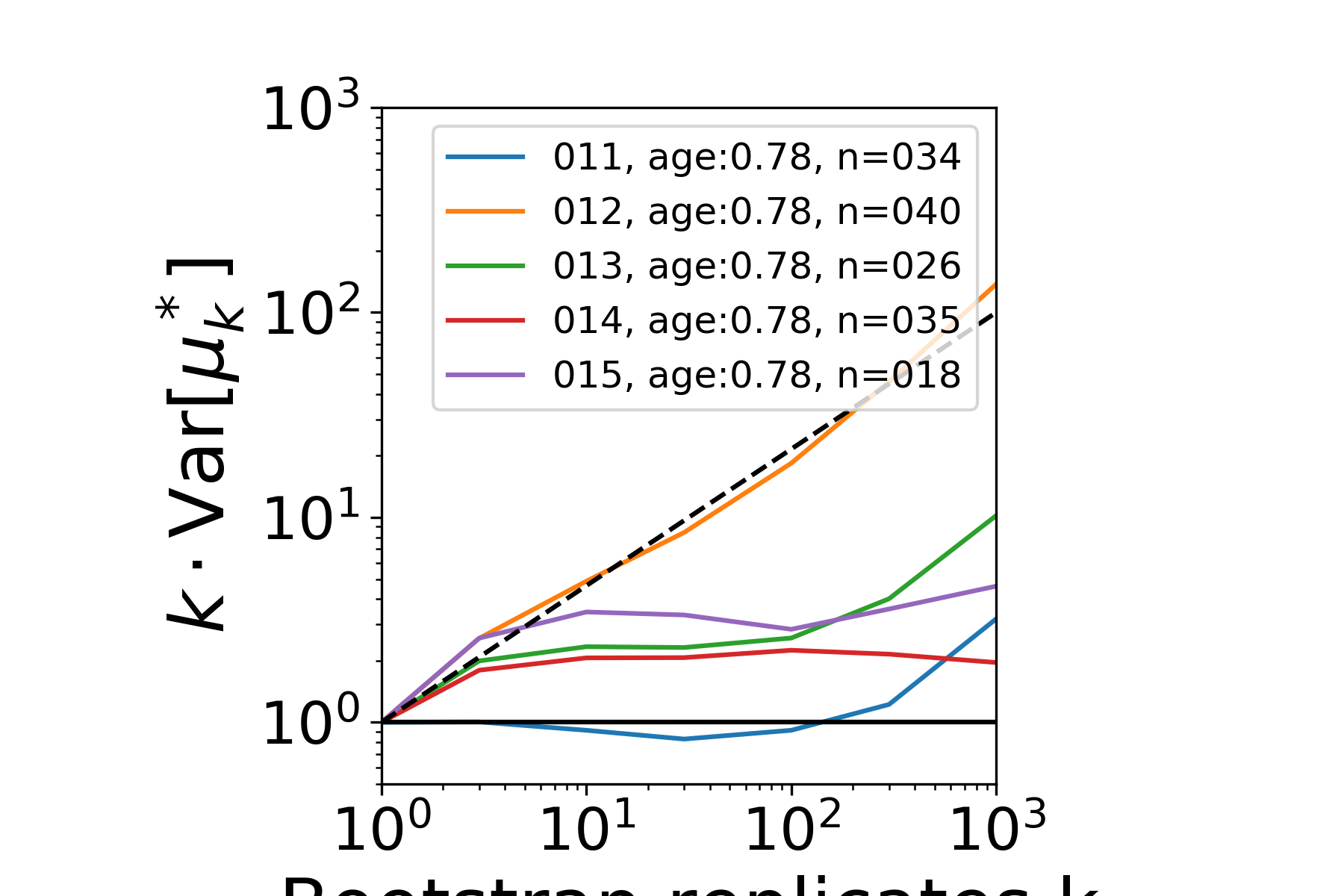
|
|
|---|
Summary
We have presented
- An alternative mean value to the Fréchet mean
- Minimizing smooth function
- Closed form for heat kernel
- (LLN) strong consistency of the likelihood estimator
- (CLT) smeariness of the likelihood estimator with Gaussian limit
- An example of 0-smeariness
and 2-smeariness - Next step: Estimating t

Thank you for your attention!
[1] Eltzner, Benjamin; Huckemann, Stephan F. A smeary central limit theorem for manifolds with application to high-dimensional spheres. Ann. Statist. 47 (2019), no. 6, 3360--3381. doi:10.1214/18-AOS1781.
[2] Huckemann, Stephan F. "INTRINSIC INFERENCE ON THE MEAN GEODESIC OF PLANAR SHAPES AND TREE DISCRIMINATION BY LEAF GROWTH." The Annals of Statistics 39, no. 2 (2011): 1098-124.
Lunch Talk: Diffusion means
By pernilleehh
Lunch Talk: Diffusion means
- 348



